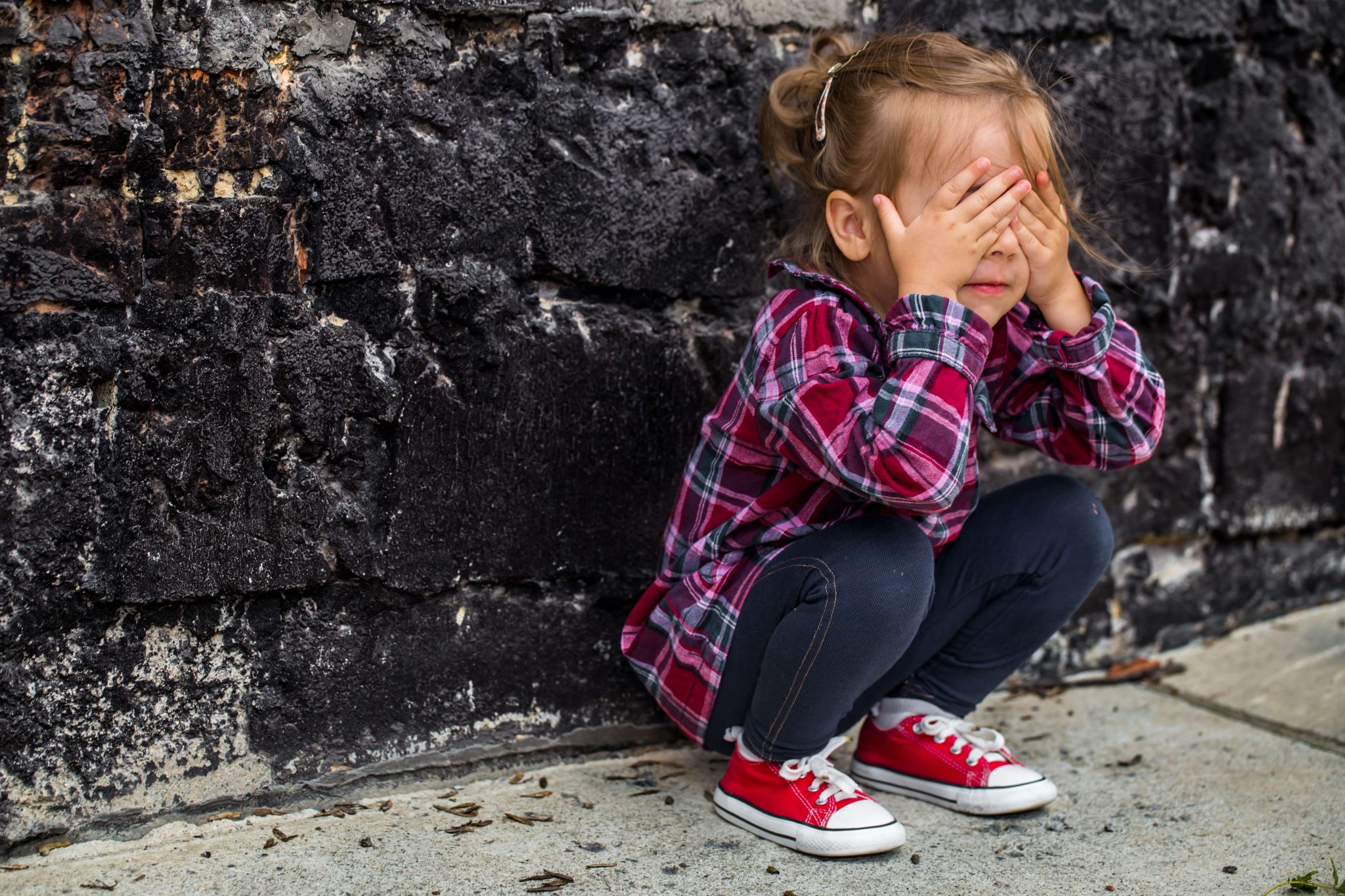
This one has just been out for a hot second here, but BYU posted it on their Twitter account. They called me personal bad names and said I was a bad mother. People sent me physical hate mail telling me how useless I was. I’ve published a lot of things over the course of my career, like over 100 things, right? And I have never received such a crazy response as to that study. What has the reaction to this study been? You got a lot of hate mail when you released that first study saying princesses had a negative impact on gender roles. And they were exposed to all of these women, many of them strong and independent women in leading roles. So I suspect that a lot of the kids in our sample liked more than one princess. And there are lots and lots of different princesses. I wonder if it’s just that princess culture as a whole does a great job of putting princesses at the forefront of the story. And we assumed that a kid who identified with Cinderella would be very different from a kid who identified with Merida a few years later. We also looked at who the children most closely identified with at 4 years old. And when they were older, we asked them again, and they liked less gender stereotyped princesses like Mulan, or Elsa, Moana, the princesses who are more independent, whose stories are about adventure rather than romance.

Early on, they liked the more gender stereotyped princesses like Cinderella, Sleeping Beauty, Little Mermaid. The kids’ favorite princesses also changed dramatically from when they were 4 to when they were 11. And when we look at gender development as a whole, things become a little bit more flexible over time. O.K., so when it comes to views of gender, what changed for those girls who were more gender stereotyped in the first study and developed more egalitarian views over five years?įrom ages 4 to 5, kids’ perceptions of gender are fairly rigid. Read More: ‘A Doll For Everyone’: Meet Mattel’s Gender-Neutral Doll I thought at age 4 most kids have pretty good body image, but I thought that early princess exposure would be related to worse body image in early adolescence. And that’s actually why I followed up again when they were 10 and 11. But we didn’t find that at all.Īnd in the early study, we didn’t find any impacts of princesses on body image. That study found that girls, especially, who were really into princess culture tended to be more gender stereotyped a year later.

This is a follow-up study from what we did in 2016 when kids were 4 to 5. What were your expectations going into the study? In fact, princess culture seemed to have a positive effect on body image for children from lower-income families, upending Coyne’s expectations that princess culture would lead to obsession with weight and image. And there was no discernible difference in body image for children who played more or less with princesses. She asked them to indicate how much they related to stereotypical gendered statements like “Swearing is worse for a girl than a boy” or “I like babies and small children.” She was shocked to find that girls who were obsessed with princess culture at 5 were actually more likely to hold progressive views about gender roles-to advocate for both female empowerment and for men to express their emotions-at age 10. The results launched 1000 headlines about how gendered play reinforced negative stereotypes for girls and rankled many princess-positive parents.īut now Coyne has published a follow-up study in which she interviewed about half of the children in that same group (as many as were willing to participate five years later), now 10 and 11 years old.

She found that high engagement with princess culture was associated with more female-stereotypical behavior one year later for both boys and girls-a reassuring result for parents of boys who love princesses and grow to be more in touch with their emotions, but a scary one for parents trying to find ways to teach their daughters strength and independence.
#Movie effects on children tv#
Inspired by her own anxieties over her daughter’s obsession with princesses, she conducted a study with 307 4- and 5-year-old children (about half of whom identified as boys and half of whom identified as girls) in 20 in which she asked children and parents how often they watched Disney princess films and TV shows, how often they played with princess toys and asked them to rank their favorite toys from a box of play things that are typically considered “feminine” (tea sets and dolls), “masculine” (action figure and tool set) and “neutral” (puzzles and paint sets). Sarah Coyne, a professor and researcher at Brigham Young University, played a major role in the debate over princess culture.


 0 kommentar(er)
0 kommentar(er)
